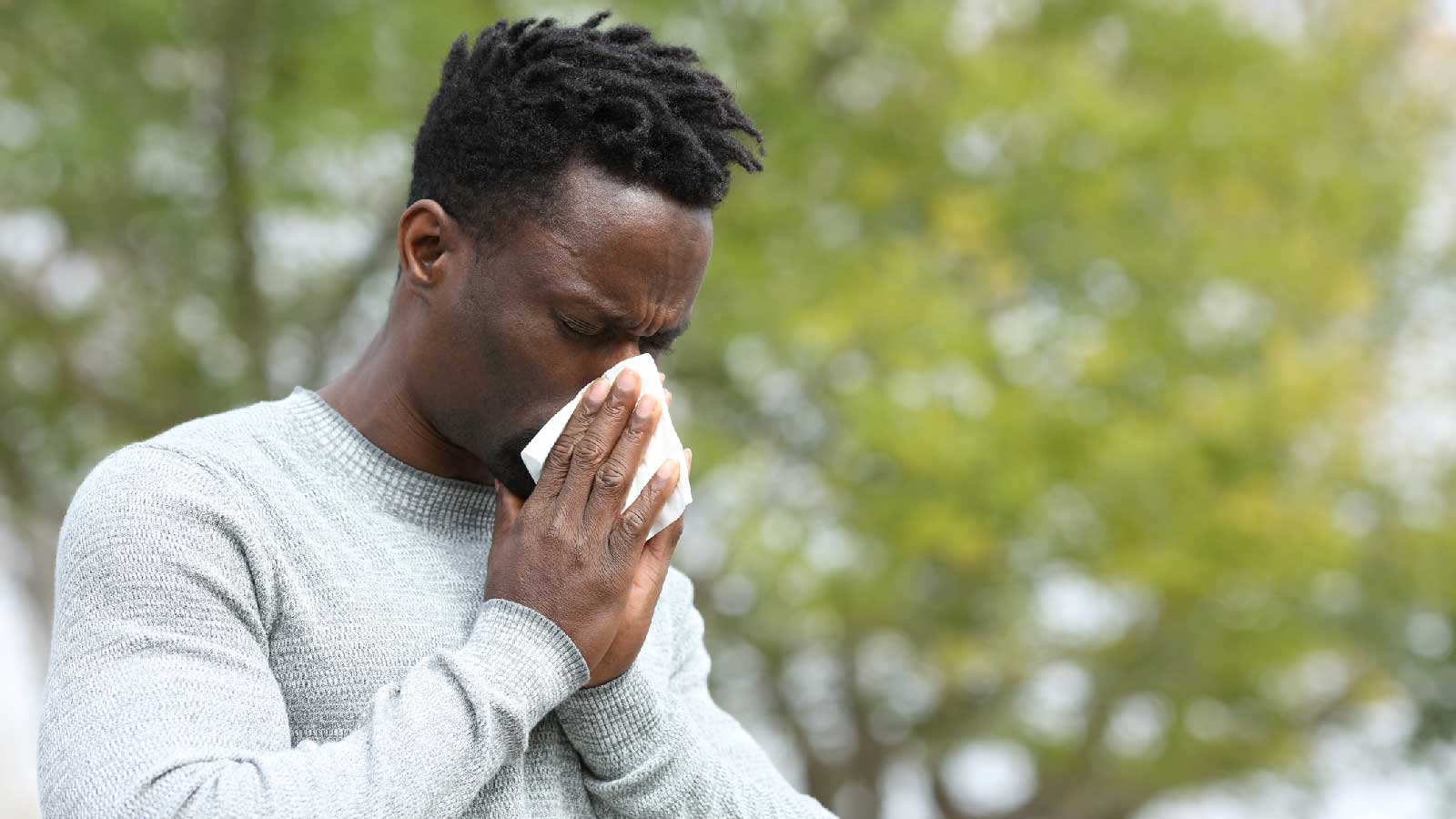When spring arrives, as many as 81 million Americans experience seasonal allergies. And as the planet warms and more carbon dioxide is pumped into the atmosphere, climate change is lengthening pollen seasons and making them more severe.
Worsening allergies are “a really clear example of how climate change is impacting us now, every spring, in every breath that we take. This is climate change in our own backyards, in our own towns and cities. It’s not future generations or other countries or future decades,” said William Anderegg, an associate professor at the University of Utah who has studied the impact of climate change on pollen seasons in North America.
This increased exposure to pollen is particularly dangerous for children, people with asthma, and people who live in areas with high levels of air pollution. According to the Centers for Disease Control, Americans spend over $3 billion on medical costs linked to pollen, with nearly half of those costs coming from prescription medication.
Climate change is making pollen allergies worse
As the planet warms, scientists are seeing two main changes to allergy seasons: allergy season length is longer and pollen levels are increasing.
With warmer winter temperatures, the frost-free season starts earlier in the spring and ends later in the fall. In Anderegg’s research on pollen seasons in North America, he saw pollen seasons starting about 20 days earlier than they did in the 1990s.
Pollen counts have also been increasing in the U.S. Anderegg’s research found about a 21% increase in pollen concentrations from 1990 to 2018.
That increase is likely fueled by a combination of higher temperatures and higher carbon dioxide levels in the air, according to Anderegg. “It’s probably a mixture of somewhat bigger plants and somewhat more pollen production per flower,” he said. “You tend to see in controlled conditions that it’s both of those — that in warmer and more CO2 environments, you get more pollen production per flower.”
And increased precipitation due to climate change may be making allergies worse too.
“Thunderstorms, pressure changes, humidity changes that we see through climate change, break down pollen spores into even smaller pieces, and these pollen spores can then more easily enter the lungs,” said Brooke Lappe, a doctoral student at Emory University’s Rollins School of Public Health. Lappe’s research investigates the effects of climate change on pollen, heat and air pollution exposure.
How do severe allergy seasons impact human health?
Many people with seasonal allergies experience hay fever. Hay fever, also called allergic rhinitis, typically manifests as a runny nose, sneezing, itchiness, congestion, or fatigue. Hay fever can often be managed with over-the-counter allergy medication, but it can also have serious implications, especially for kids.
Children are particularly sensitive to pollen, and their allergy symptoms may include skin rashes or hives, difficulty breathing, sneezing, coughing, a runny nose or itchy eyes, and even an upset stomach.
“It also has huge impacts on productivity and school performance,” Anderegg said. “There are studies where kids do less well on tests and can’t learn as much during the high pollen periods.”
And allergies can trigger other health conditions as well. People with asthma are particularly at risk as pollen can aggravate the lungs and cause shortness of breath, chest tightening, wheezing, and other asthma symptoms — in some cases, leading to emergency room visits.
Anderegg also noted that emerging research shows that allergy exposure can make people more vulnerable to viruses like the common cold and even COVID-19 by inflaming the respiratory system.
What can people do to stay healthy during allergy season?
One key solution is for people, corporations, and governments to stop consuming fossil fuels and switch to cleaner renewable energy. Burning fossil fuels releases not just heat-trapping carbon dioxide but other air pollutants that irritate the respiratory system, making people more susceptible to pollen allergy symptoms.
“There’s evidence that pollution, air pollution, and pollen grains can actually interact and lead to worse health outcomes,” Lappe said.
Black and Brown people can face increased risk from this double whammy of air pollution and pollen because they’re disproportionately likely to live in communities with high levels of vehicle traffic and industrial pollution, Lappe said. This inequality stems from municipal, state, and federal governments building or allowing pollution sources like highways, factories, and refineries in those neighborhoods.
Beyond curbing fossil fuels, access to health care — from affordable medication to the ability to go to the emergency room if needed — is critical in ensuring people can adapt to more severe allergy seasons.
Lappe said she would like to see more monitoring of air pollution so people can know when they are at higher risk. A 2018 study found 85 pollen stations operating in the U.S. “We don’t have that great of an understanding of the full problem,” she said. “I think agencies are really starting to recognize that and trying to ramp up exposure monitoring.”
For individuals just trying to make it through another allergy season, experts recommend staying inside on high-pollen days, keeping windows closed, running an air filter, showering often, and washing bed sheets and clothing regularly.


